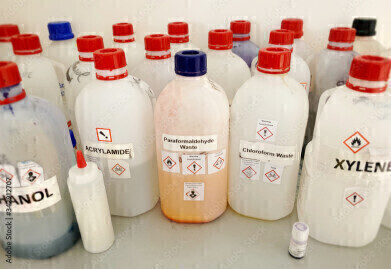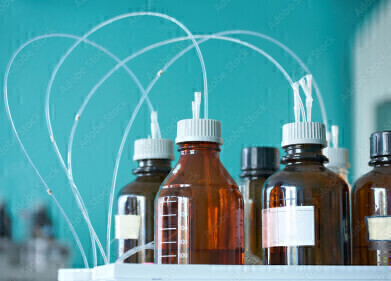Supercritical fluid (SFC), green chromatography
What are the Disadvantages of using Green Chemistry Solvents?
Mar 21 2023
Green Chemistry is a field of chemistry that focuses on the development of chemical products and processes that are environmentally sustainable and safe. One area of particular interest is the use of green solvents in various chemical applications, including chromatography analysis. However, as with any new technology, there are potential disadvantages that must be taken into consideration.
One of the primary disadvantages of using green solvents in chromatography analysis is their limited compatibility with certain types of samples. Green solvents, such as supercritical carbon dioxide, ethanol, and water, may not be effective in separating complex mixtures, such as those containing polar and non-polar components. In such cases, traditional solvents, such as chloroform, methanol, and hexane, may be more suitable.
Another potential disadvantage of using green solvents in chromatography analysis is the possibility of decreased resolution and sensitivity. Green solvents often have lower boiling points and higher vapor pressures than traditional solvents, which can result in increased band broadening and peak tailing. This can reduce the resolution of the separation and decrease the sensitivity of the detection.
In addition, some green solvents may be more expensive or difficult to obtain than traditional solvents. For example, supercritical carbon dioxide requires specialized equipment for its generation and use, which can be costly. Likewise, some bio-based solvents may not be readily available in large quantities, which can limit their use in industrial applications.
Finally, there may be concerns regarding the environmental impact of the production and disposal of green solvents. Although these solvents are generally considered to be more sustainable than traditional solvents, they may still have negative impacts on the environment if not properly managed. Additionally, the production of some bio-based solvents may require the use of large amounts of water or energy, which can offset their environmental benefits.
In conclusion, while green solvents have the potential to offer many benefits in chromatography analysis, there are also potential disadvantages that must be taken into consideration. Before using green solvents in any application, it is important to carefully evaluate their compatibility with the sample, their impact on the resolution and sensitivity of the separation, and their environmental and economic impact.
More information online
Events
Apr 22 2025 Kintex, South Korea
Analytica Anacon India & IndiaLabExpo
Apr 23 2025 Mumbai, India
Apr 27 2025 Portland, OR, USA
May 11 2025 Vienna, Austria
May 18 2025 Tempe. AZ, USA














